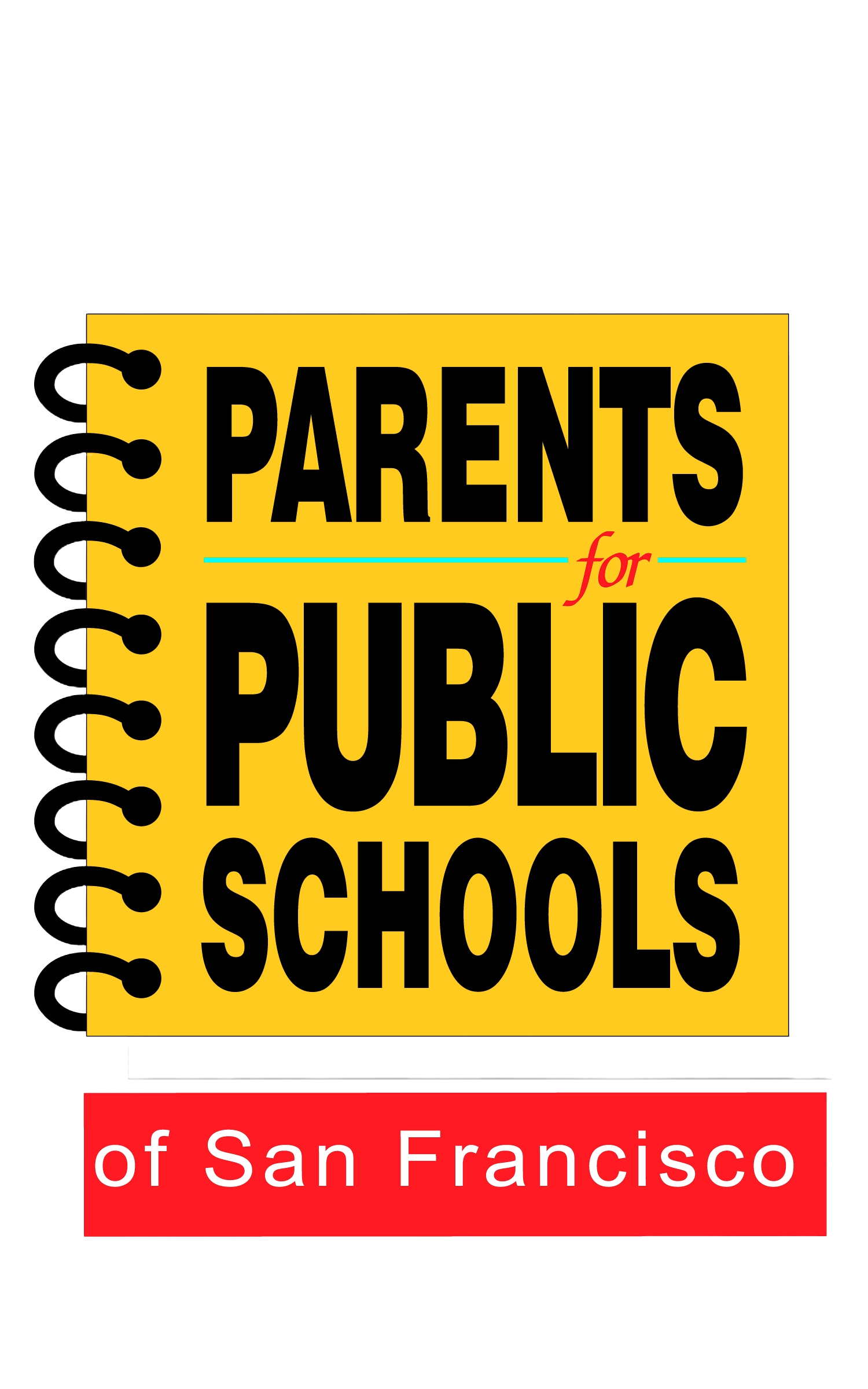Dyslexia: the Equity Issue We Need to Talk About
A guest blog post from Megan Potente, an SFUSD Parent and Co-Educator Outreach Manager for Decoding Dyslexia CA.
Literacy is a human right and the foundation for all other learning. For many children with dyslexia, however, basic literacy is out of reach. My very bright, dyslexic son would likely never have learned to read without the intensive support we paid for, privately. This scenario is not unique. Affluent parents can afford the time and money to have their child’s reading difficulties remediated. They pay thousands of dollars for private assessments, tutors, specialized private schools, and lawyers to ensure their kids get what they need. Lower-income parents can’t afford this, so many kids never attain literacy. According to one parent interviewed in this reporting by Emily Hanford, “Getting what you need for a kid with dyslexia is a rich man’s game.”
Dyslexia is not rare, although many teachers never learned about it in their teacher preparation programs. Estimated to affect from 5 to 20% of the population, dyslexia is a brain-based condition that makes reading and spelling difficult. For kids with dyslexia, the struggles often begin in kindergarten, when they fail at their first job, learning to read. Dyslexics’ earliest school experiences are often filled with feelings of frustration and shame. Students with dyslexia experience higher rates of depression and anxiety. They are often viewed as lazy. Acting out ensues, and from there, a downward spiral.
Improving outcomes for those with dyslexia is within our control. Thanks to decades of scientific research, we understand how the brain learns to read and what is going on in the brains of people who struggle. The breakdown for people with dyslexia is related to their ability to decode or sound out individual words. Most people with dyslexia have a core deficit in phonological processing, which means they have difficulty processing the speech sounds of language. If a student is not able to recognize and manipulate the discrete sounds in words, she will not be able to efficiently map sounds onto letters, which is a necessary step in beginning word reading. Learn more here: Learning to Read, Part 1 and Learning to Read, Part 2.
Despite decades of evidence about how reading works, typical teaching practices are not aligned with the science. This is devastating to our most vulnerable students. Balanced literacy, a common instructional framework, deemphasizes direct teaching of foundational reading skills. In fact, balanced literacy actually encourages beginning readers to use picture clues and context to identify words, instead of teaching kids to focus on all the sounds and letters in words. Paying attention to the letters and sounds in words is the exact thing beginning readers must do to commit words to long-term memory. For some kids, this happens easily. However, for kids with dyslexia, this process requires explicit instruction and intensive practice.
The proven method for teaching kids with dyslexia is called structured literacy and it is described in the California Dyslexia Guidelines. Structured literacy delivered by well-trained, linguistically informed teachers is a gamechanger for kids with dyslexia.
Not only do we know how to help kids with dyslexia, but we also know how to identify kids at risk even before they begin formal reading instruction. A universal screener during the first years of school is the first step in identifying students in need of intervention. Due to the brain plasticity of young children, intervention is four times more effective when a child is in late-kindergarten than when in fourth grade. This means that an intervention delivered to a six-year-old for half an hour a day will have the same result as two hours of intervention a day for a ten-year-old.
Sadly, many people with dyslexia are never identified and face a lifetime of consequences. Students who aren’t reading at grade level by third grade are four times more likely to drop out of high school. They are more likely to enter the juvenile justice system and have a higher incarceration rate. One study of the prison system in Texas found that roughly half of the inmates were likely dyslexic and 80% were functionally illiterate.
For my son, the barrier of illiteracy has been removed. He is now, after two years of structured literacy, performing at grade level in reading and writing. He sees himself as a learner and believes school is a place where he belongs. But, there are far too many children who don’t get what they need. If we are serious about equity for those with dyslexia, we will screen students early and provide those at risk with the intensive structured literacy they deserve. We will also invest in our teachers so that they are prepared to meet the needs of students with dyslexia, whose gifts and potential are often shrouded by an unaddressed difficulty with reading.
Megan Potente, M.Ed. is an SFUSD parent and a parent of a child with dyslexia. She volunteers as Co-Educator Outreach Manager for Decoding Dyslexia CA. Megan has 20 years of experience in elementary education including roles as a classroom teacher, special education teacher, and literacy specialist.
The opinions expressed by guest bloggers are of the individual author only and not necessarily those of Parents for Public Schools of San Francisco or its staff or board of directors.
Resources:

